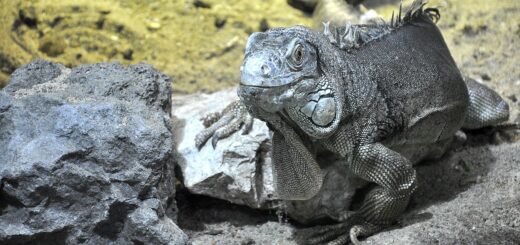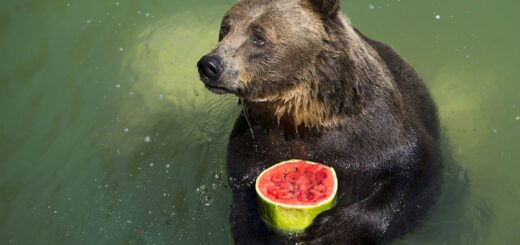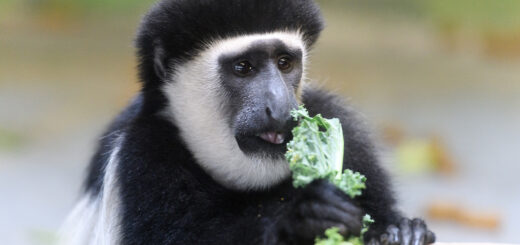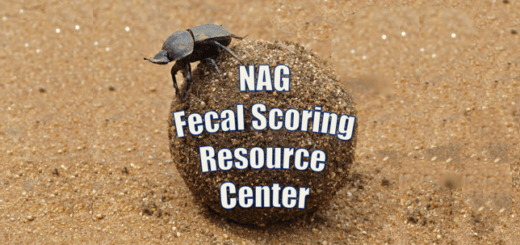Weight management and the use of a novel gel diet with Florida manatees (Trichechus manatus latirostris)
Citation
Williams SM, Ardente A, Cersosimo LM, Sullivan KE, Livingston S, and Valdes EV. 2019. Weight management and the use of a novel gel diet with Florida manatees (Trichechus manatus latirostris). In Brooks M, Freel T, Koutsos E Eds. Proceedings of the Thirteenth Conference on Zoo and Wildlife Nutrition, Zoo and Wildlife Nutrition Foundation and AZA Nutrition Advisory Group, Saint Louis, MO.
Abstract
Disney’s The Seas with Nemo and Friends® is home to two adult male Florida manatees (Trichechus manatus latirostris). Their typical diet consists almost entirely of free choice romaine lettuce split between both animals who share one habitat. From January 2015-July 2017 the animals went through a period of marked weight gain, from 694 kg for manatee A and 678 kg for manatee B to 784 and 794 kg, respectively (Figure 1). Over that same time period, average daily intake of lettuce averaged 105 heads per day for each manatee. The decision was made to institute a daily intake cap beginning at 100 heads per animal per day. After six months on the new diet, both animals lost an average of 18kg. However, at twelve months following the diet change, manatee A lost an additional 44 kg while manatee B gained 60 kg, weighing nearly 850 kg. We believe this was the result of behavior change with both manatees more completely consuming the lettuce available once lettuce was no longer available free choice. Because of this change in behavior, subsequent diet decreases were enacted and over the next year. Both manatees again lost weight, with manatee B maintaining his 100 kg weight advantage. By January 2019, manatee A had reached the bottom of his target body weight range, while manatee B remained 100 kg over his target range. Diet decreases were clearly impacted by social dynamics (Table 1), with each diet decrease affecting the more submissive manatee A. Because these two individuals share one habitat, individualized feeding sessions prove challenging. While total diet reduction into the habitat was adequate to reduce body weight for both over conditioned animals, we were eventually faced with the need to maintain the body weight of manatee A while continuing to encourage weight loss in manatee B.
 57_Williams.pdf 197 KB
57_Williams.pdf 197 KB








